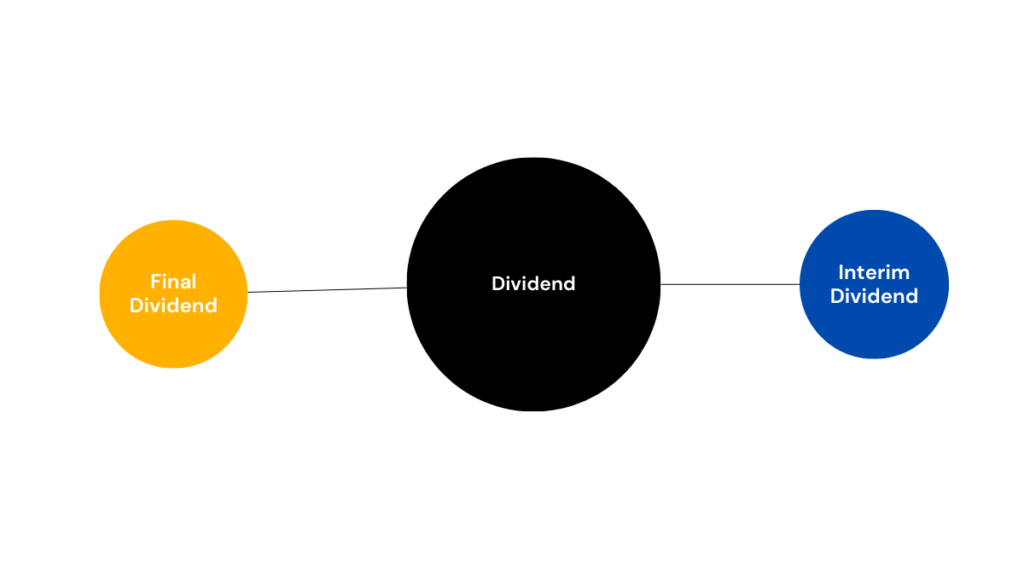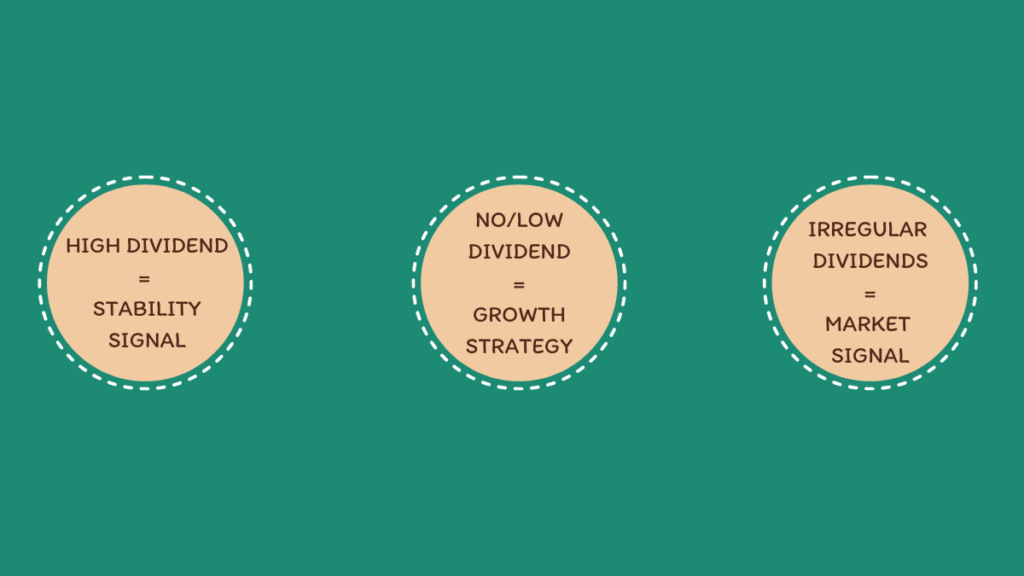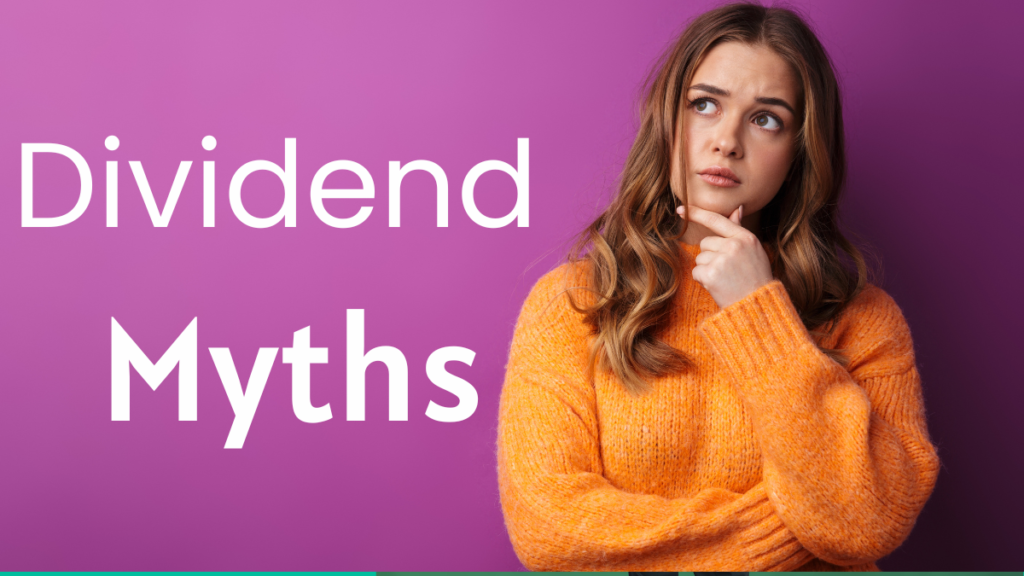📌 Introduction
Dividends are more than just a profit distribution mechanism. They act as a strategic tool for companies to attract investors, manage cash flows, and comply with legal obligations.
However, many CA students struggle with understanding:
✅ How dividends are declared and paid
✅ The legal provisions governing them
✅ What happens to unclaimed dividends (IEPF)
✅ When a company can/cannot pay dividends
This blog will simplify the topic in a way that makes memorization easy and real-life application clear! 🚀
1ï¸âƒ£ Meaning & Types of Dividend
📜 Legal Definition (Companies Act, 2013)
According to Section 2(35), “dividend†includes any interim dividend, meaning both final and interim dividends fall under this definition​.

🧠Two Types of Dividends
| Type | Declared When? | Who Declares? | Can It Be Revoked? |
|---|---|---|---|
| Final Dividend | At the AGM after finalizing accounts | Shareholders approve Board’s recommendation | ⌠No |
| Interim Dividend | During the financial year | Board of Directors | ✅ Yes, before payment |
📌 Key Rule: Shareholders cannot increase the final dividend beyond the Board’s recommendation​.
2ï¸âƒ£ Sources for Declaring Dividend (Sec 123)
A company can only declare dividends from these sources:
✔ Current Year Profits (after depreciation)
✔ Past Year Profits (from free reserves)
✔ Government Grants (if applicable)
📌 Rule: Companies cannot use capital profits or revaluation gains for paying dividends​.
💡 Example: If Tata Steel had a ₹1,000 Cr profit this year, it could pay dividends from this amount after accounting for depreciation and losses.
3ï¸âƒ£ How Companies Strategically Use Dividend Policies

Dividends are not just about rewarding investors. They are a strategic business tool:
✔ High Dividend = Stability Signal
Used by large, cash-rich companies to attract stable investors.
Example: ITC, Hindustan Unilever (HUL) consistently pay dividends to gain investor trust.
✔ No/Low Dividend = Growth Strategy
Used by fast-growing companies that reinvest profits into expansion.
Example: Amazon and Tesla don’t pay dividends, yet their stock value keeps rising.
✔ Irregular Dividends = Market Signal
A sudden cut in dividends might indicate financial trouble.
Example: Vodafone Idea stopped paying dividends when it started facing huge losses.
4ï¸âƒ£ Key Provisions: Declaration & Payment of Dividends
| Provision | Details |
|---|---|
| Section 123 (1) & (2) | Dividend can only be paid from profits (current or past years)​. |
| Section 124 (1) | If a dividend is unclaimed for 30 days, it must be transferred to a separate Unpaid Dividend Account​. |
| Section 125 | After 7 years, unclaimed dividends are transferred to the Investor Education and Protection Fund (IEPF)​. |
📌 Rule: Companies must deposit dividends into a bank account within 5 days of declaration​.
5ï¸âƒ£ Dividend Myths That Lead to Bad Investment Decisions

🚨 Myth #1: A high dividend means the company is strong.
⌠Reality: Some companies pay high dividends to hide poor growth.
💡 Example: Vodafone Idea paid dividends before, but later suffered financial losses.
🚨 Myth #2: No dividend = Weak company.
⌠Reality: Companies like Amazon & Tesla never paid dividends but grew exponentially.
🚨 Myth #3: Dividends are free money.
⌠Reality: On the ex-dividend date, stock prices drop by the dividend amount.
💡 Example: If Reliance Industries declares ₹20 per share dividend, its stock price might drop by ₹20 the next day.
6ï¸âƒ£ Unclaimed Dividends & The IEPF (Investor Education & Protection Fund)
If a shareholder does not claim dividends for 7 years, the company must transfer the amount to IEPF​.
🔹 What Happens to Unclaimed Dividends?
📌 After 30 days → Moved to an Unpaid Dividend Account.
📌 After 7 years → Moved to IEPF, a government fund​.
🔹 Can Shareholders Reclaim Unclaimed Dividends?
✅ Yes! Investors can apply to IEPF with valid documents to reclaim dividends.
💡 Example: Many people inherit shares but forget to claim dividends. These funds don’t disappear—they move to IEPF!
7ï¸âƒ£ What Happens If a Company Fails to Pay Dividends? (Sec 127 Penalties)
If a company declares but does not pay dividends, penalties apply:
| Who is Liable? | Punishment |
|---|---|
| Company | 18% Interest on unpaid dividend​ |
| Directors | Up to 2 years imprisonment + ₹1,000 per day fine |
📌 Exemptions: If a shareholder fails to claim dividends or disputes arise, the company won’t be penalized​.
8ï¸âƒ£ Flowchart: The Lifecycle of a Declared Dividend
📌 From declaration to payment (or IEPF transfer!):
Company Declares Dividend → Deposits in Bank → Pays Shareholders
↓
If Not Claimed in 30 Days → Moves to "Unpaid Dividend Account"
↓
If Not Claimed in 7 Years → Moves to **IEPF** (Can Be Reclaimed!)
🎯 Final Takeaways for CA Students
✔ Understand the psychology behind dividend policies – it’s not always about rewarding investors!
✔ Don’t blindly chase high dividends – analyze company fundamentals first.
✔ Be aware of IEPF rules – unclaimed dividends don’t disappear but get transferred.
✔ Dividends affect stock prices – always track the ex-dividend date.
💡 Next time you see a company declaring dividends, ask yourself:
🧠Is it a financial reward or a strategic move to attract investors?
CA Study Shop provides classes & books for CA CS CMA Students. We have partnered with more than 100 top faculties of country and provide excellent customer support which is evident from our 4.9/5 star rating on Google. Student can connect with us via any mode here.
Best of luck!
Stay Connected for more authentic updates.
Jai Hind,Vande Mataram
Team CA Study




